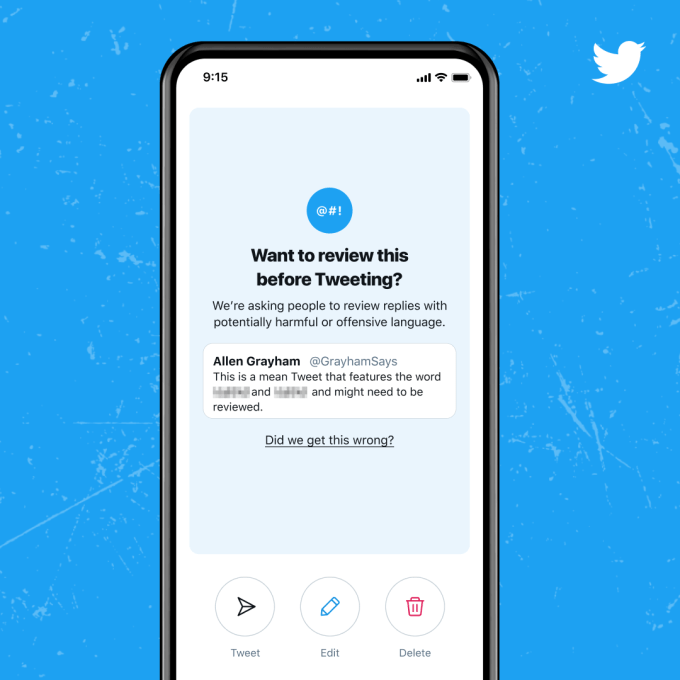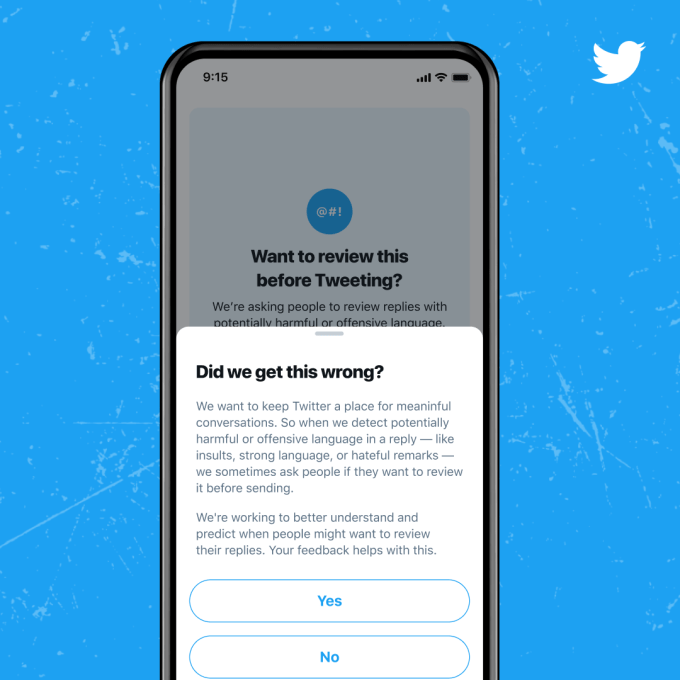News: Supercell likes Metacore’s games so much it just gave it another $180M credit line
Metacore, a Finnish mobile games company, seems to have an amazing ‘relationship’ with Supercell, another (quite successful) Finnish mobile games company. Back in September 2020, Metacore raised $17.7 million in equity from Supercell and another $11.8 million line of credit, sometimes also called a debt round. That amazing relationship appears to be ongoing. Because Metacore
Metacore, a Finnish mobile games company, seems to have an amazing ‘relationship’ with Supercell, another (quite successful) Finnish mobile games company.
Back in September 2020, Metacore raised $17.7 million in equity from Supercell and another $11.8 million line of credit, sometimes also called a debt round. That amazing relationship appears to be ongoing. Because Metacore has now raised yet another debt round from Supercell, but this time for €150 million ($180 million). These guys really like each other.
The simple reason for this is two words: Merge Mansion. This game has been so spectacularly successful that Supercell clearly wants a stake in that success, and it has the cash reserves to make that bet.
The puzzle discovery game has 800,000 daily players, and an annual revenue run rate of over €45 million, so it’s really on a growth curve.
Why so successful? Well, players have really loved the idea that they can literally merge two items they pick up in the game to make a brand new thing. So for instance, you can merge two rakes and you get another kind of tool that you can then can use somewhere else. This is a very unique mechanic in mobile games.
Supercell is also enamored of Metacore’s games development strategy: it creates games with two to three person teams and only adds resources when a game takes off. This innovative approach to game development is at least part of the reason Supercell is doubling down on its investment, not just Merge Mansion itself. It’s a sort of ‘fail-fast’ approach to game-making that is clearly paying dividends.
So why this approach to the latest financing?
I spoke to CEO and Co-Founder Mika Tammenkoski who told me: “Yes, it is it is credit line. We are more about scaling up the company as we are scaling up revenue. We already have meaningful revenue, we can invest the money, and we can expect a certain kind of return on investment. So this is the cheapest investment that we can get. Equity investment would dilute us. So this makes sense from that point of view. With Supercell, we have a really great partner, backing us. They know exactly what is ahead of us. They know exactly the kind of challenges that we have, and that makes us aligned in that sense… We both think long term, we both want to scale the game as big as possible. And with Supercell we get the best terms overall.”
So there you have it. Metacore and Supercell are locked in an embrace which any other outside investor is going to have to invest in big to get a look in on the action.





